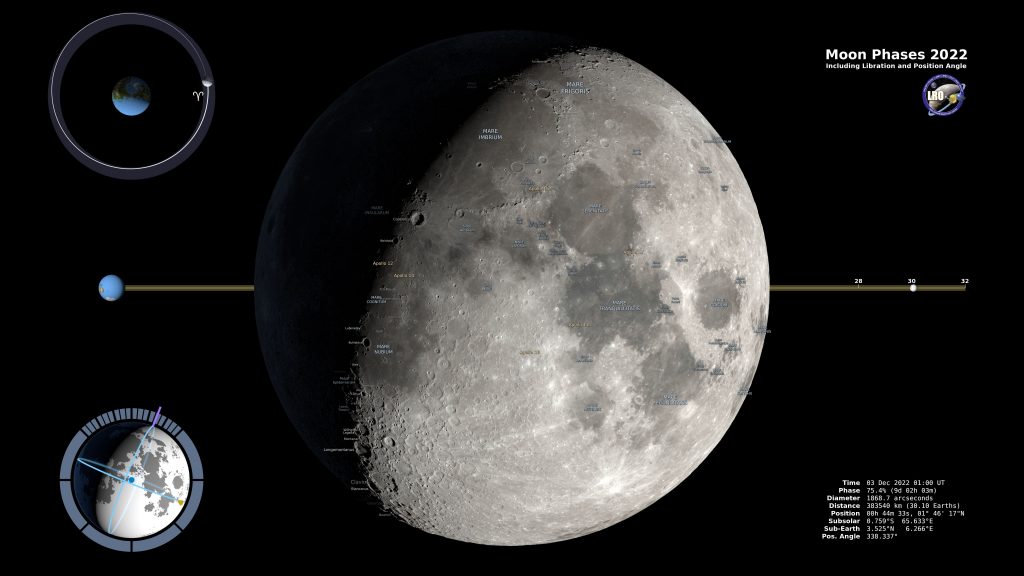NASA tested in 2019 in mission GPIM so called green fuel. Here is chemical composition of this substance called hydroxylammonium nitrate or hydroxylamine nitrate with the chemical formula [NH3OH+][NO3-]. It is a colorless hygroscopic solid usually handled as an aqueous solution.
-
Archives
- August 2023
- January 2023
- December 2022
- November 2022
- October 2022
- April 2022
- January 2022
- December 2021
- November 2021
- February 2021
- January 2021
- December 2020
- September 2020
- August 2020
- July 2020
- June 2020
- January 2020
- December 2019
- September 2019
- July 2019
- March 2019
- February 2019
- January 2019
- December 2018
- November 2018
- August 2018
- June 2018
- February 2018
- January 2018
- October 2017
- September 2017
- August 2017
- April 2017
- March 2017
- January 2017
- November 2016
- October 2016
- September 2016
- May 2016
- February 2016
- January 2016
- December 2015
- August 2015
- July 2015
- April 2015
- February 2015
- December 2014
- October 2014
- September 2014
- August 2014
- July 2014
- June 2014
- May 2014
- March 2014
- October 2013
- June 2013
- May 2013
- April 2013
- July 2012
- June 2012
- April 2012
- January 2012
- December 2011
- November 2011
- October 2011
- June 2011
- May 2011
- March 2011
- February 2011
- January 2011
- December 2010
- November 2010
- October 2010
- August 2010
- June 2010
- May 2010
- April 2010
- January 2010
- October 2009
- September 2009
- July 2009
- May 2009
- April 2009
- March 2009
- February 2009
- January 2009
- December 2008
-
Meta


